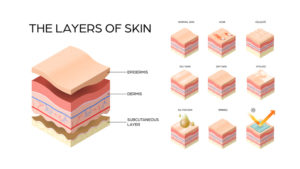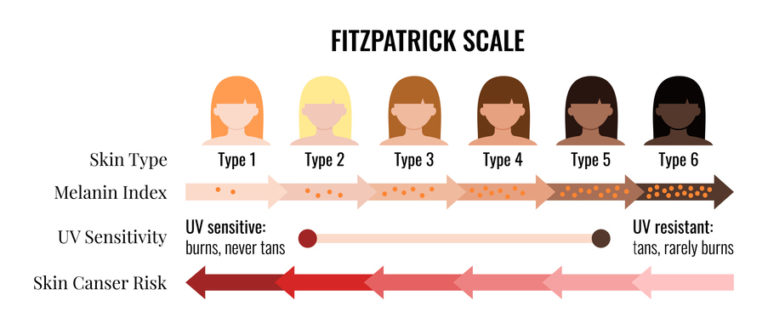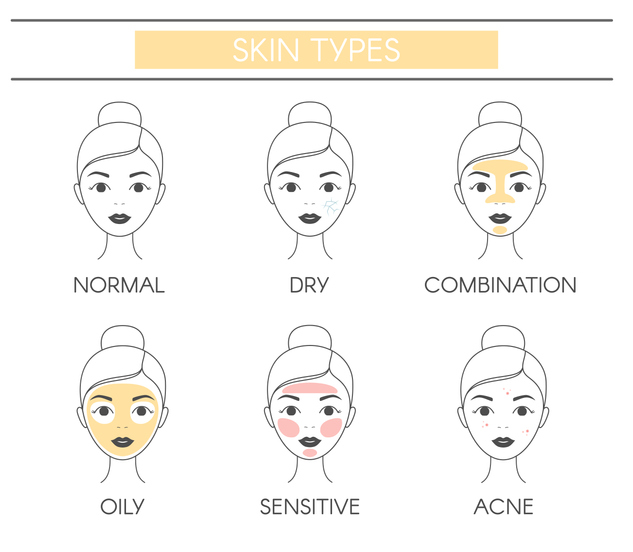
Top 3 Vitamins We Love for Skin Health
Learn why we love Vitamin B3, Vitamin C, and Vitamin D, and how each can make a difference in your skin health.
Dr Michael Rich is a specialist dermatologist who has been performing tumescent liposuction for over 30 years. Find out if Liposuction is suitable for you at ENRICH Clinic.
At ENRICH Clinic, we have a wide range of dermatological and cosmetic body treatments tailored to individual body and patient needs.
At ENRICH Clinic, our treatments are performed by our medical team consisting of doctors, nurses, and dermatologists and are tailored to each patient’s skin health needs.
ENRICH Clinic is committed to your skin health and well-being with a range of dermatological & cosmetic treatments tailored to the individual. Our treatments are performed by our medical team consisting of doctors, nurses, and dermatologists.
Skin health is essential for everyone. ENRICH Clinic has a wide range of technologies and dermatological solutions to help you achieve your skin care goals.
You have regular hairstyling and dental appointments to keep your hair and teeth looking pristine, so why not give your skin the same treatment? As skin experts, we’ve seen firsthand the impact of a lack of skin care on a person’s overall health and confidence.
Skincare treatment plans are a proactive outline for keeping your skin healthy and looking its best. But what is a treatment plan, and why should you have one?
A treatment plan is a tailored skin program based on your skin health needs. It’s designed to help you achieve the desired results effectively with consideration of minimal downtime, budget and disruption of your daily routine.
The treatment plan describes the recommended treatments and products to help you reach your goals. Our dermatologists, aesthetic physicians and nurses can help you create a tailored plan depending on your specific objectives and your skin’s current health.
It’s important to note that plans change over time as your skin changes, so reviewing and updating your treatment plan regularly is essential.

Having a treatment plan enables you to maintain your skin health and achieve the best results. The treatment plan is tailored to your specific skin type, goals and lifestyle. It may include a combination of in-office treatments, such as chemical peels, laser treatments and injectables, and home care regimens.
Your treatment plan can help you address common skin concerns such as acne, hyperpigmentation and wrinkles. It can also help prevent skin issues from occurring in the future.
Skin treatment plans are also designed to help you integrate skin treatments into your daily routine. This means that the treatment plan can be tailored around your lifestyle and free time so that you can choose treatments suitable for your work or leisure activities. If planning a beach holiday, it is best not to tackle a heavy downtime treatment, as your skin shouldn’t be exposed to the intense sun immediately after. If you’re busy, you can opt for no-downtime treatments. Treatment plans also enable you to keep skin treatments organised so you don’t miss any therapy or fail to follow the treatment plan.
Prioritising allows you to focus on the most urgent treatment first. For example, if you have acne, the treatment may focus on clearing up the active breakouts before addressing any longer-term skin concerns.
By prioritising treatment this way, you can ensure that your treatment plan is more effective and that you get the most out of each treatment. You can then move on to the other treatment options only when necessary or have time.
In an aesthetic situation, we often ask, “What bothers you the most?” and start from there.
Your plan will also include as related to each suggested treatment, which can help you budget for skin treatments. This is especially important for long-term plans that involve multiple treatments, such as laser treatment and microdermabrasion.
By budgeting for treatment costs ahead of time, you can make sure that you don’t overspend and also plan in advance for any treatment costs that may arise later.
Your age can influence the treatment plan that is right for you. As we age, our skin becomes more prone to wrinkles and sun damage and may require treatment to correct these problems.
If you’re in your twenties, your treatment plan may focus on preventive care such as sun protection and exfoliation. If you’re in your thirties, treatment may focus on anti-ageing, such as anti-wrinkles or dermal fillers.
Your skin type can also influence your treatment plan. For example, people with oily skin may benefit from treatments that reduce oiliness, while people with dry skin may need treatment that moisturises and hydrates their skin.
reduce oiliness, while people with dry skin may need treatment that moisturises and hydrates their skin.
Our skin specialists also consider your skin sensitivity, as some treatment options may be too harsh or irritating for sensitive skin.
It’s important to consider any skin issues you may have when creating your treatment plan.
What bothers you most about your skin? Is it a medical issue or cosmetic? Could it be a well-known issue like psoriasis or acne?
You should also review your treatment plan regularly to ensure it is still suited to your skin needs.
Your treatment plan should also take into account your ethnicity and skin tone. Different treatment options may be more or less effective on certain skin tones, so discussing this with a skin specialist before starting treatment is important. For example, laser hair removals for a darker skin tone may be difficult if the laser uses only one wavelength.
It’s also important to note that some treatment options, including particular lasers or strong chemical peels, may not be suitable for all skin tones.
Lastly, treatment plans should take into account your gender identity. Both men’s and women’s skin has different needs, so treatment plans should be customised to these needs.
For example, treatment plans for men may need to prioritise skin problems, such as hair loss or pearly penile papules. For women, treatment plans may need to focus on hormonal acne or something similar.
The first step in creating your treatment plan is to consult with a skin specialist or dermatologist. Our skin experts will help you determine what treatment options are best suited for your skin and help you develop a plan that works for you.
Don’t be afraid to ask questions and voice any concerns about treatment options, as this will help the skin specialist tailor the treatment plan to your needs.
Once you have consulted with a skin specialist, it’s time to assess your treatment goals and needs. Think about what you want to achieve with treatment and what treatments you can realistically do within your budget.
You may also want to consider any lifestyle factors, such as diet and exercise, that could impact your treatment plan.
Once you have created a treatment plan that works for you, it’s time to start implementing it. Start off slowly and gradually increase the treatment steps as your skin becomes accustomed to them.
Be sure to stay consistent with treatments and make sure that you follow the treatment plan closely.
It’s important to monitor your treatment progress regularly. This will help you track any changes in your skin condition and assess if the treatment plan works.
If you are experiencing any skin irritation or discomfort, be sure to discuss this with your skin specialist and adjust the treatment plan if necessary.
It can be easy to fall off the treatment plan wagon and give up on treatment when things get tough. However, here are some tips to help you stay on track:
Taking care of your skin is important and should not be something you put off. Creating a treatment plan that works for you, based on your skin type and lifestyle needs, is the best way to ensure you achieve the skin results you want. With the right plan and a little dedication, you can be on your way to healthy, glowing skin in no time.
If you are unsure where to start, book an appointment with one of our skin experts today.
*With all surgeries or procedures, there are risks. Consult your physician (GP) before undertaking any surgical or cosmetic procedure. Please read the consent forms carefully and be informed about every aspect of your treatment. Surgeries such as liposuction have a mandatory seven-day cooling-off period to give patients adequate time to be sure of their surgery choice. Results may also vary from person to person due to many factors, including the individual’s genetics, diet and exercise. Before and after photos are only relevant to the patient in the photo and do not necessarily reflect the results other patients may experience. Ask questions. Our team of dermatologists, doctors and nurses are here to help you with any of your queries. This page is not advice and is intended to be informational only. We endeavour to keep all our information up to date; however, this site is intended as a guide and not a definitive information portal or in any way constitutes medical advice.
"*" indicates required fields
Combining Dr Rich’s dermatological skill with his knowledge of restorative skin regimes and treatments, the ENRICH range is formulated to help maintain and complement your skin. Our signature Vitamin C Day & Night creams are now joined by a Vit A, B,&C Serum and a B5 Hyaluronic Gel, both with hydration properties and much, much more.

Learn why we love Vitamin B3, Vitamin C, and Vitamin D, and how each can make a difference in your skin health.

Learn what the Fitzpatrick skin type system is and why we always check your skin type before any procedure at Enrich.

We address skincare trends & debunk myths while also providing guidance on products & treatments you should avoid based on your skin type.

Makeup can temporarily make your skin look flawless & dewy, but it merely masks imperfections & may not address the root causes of your skin concerns.
Subscribe to the ENRICH newsletter and receive latest news & updates from our team.
Enrich Clinic acknowledges the Traditional Lands of the Wurundjeri Woi Wurrung and Bunurong peoples of the East Kulin Nations on which we work and trade. We pay respect to their Elders past, present and emerging. We extend our acknowledgement and respect to the LGBTQIA+ community who we welcome and support. Read our full Acknowledgement Statement here
